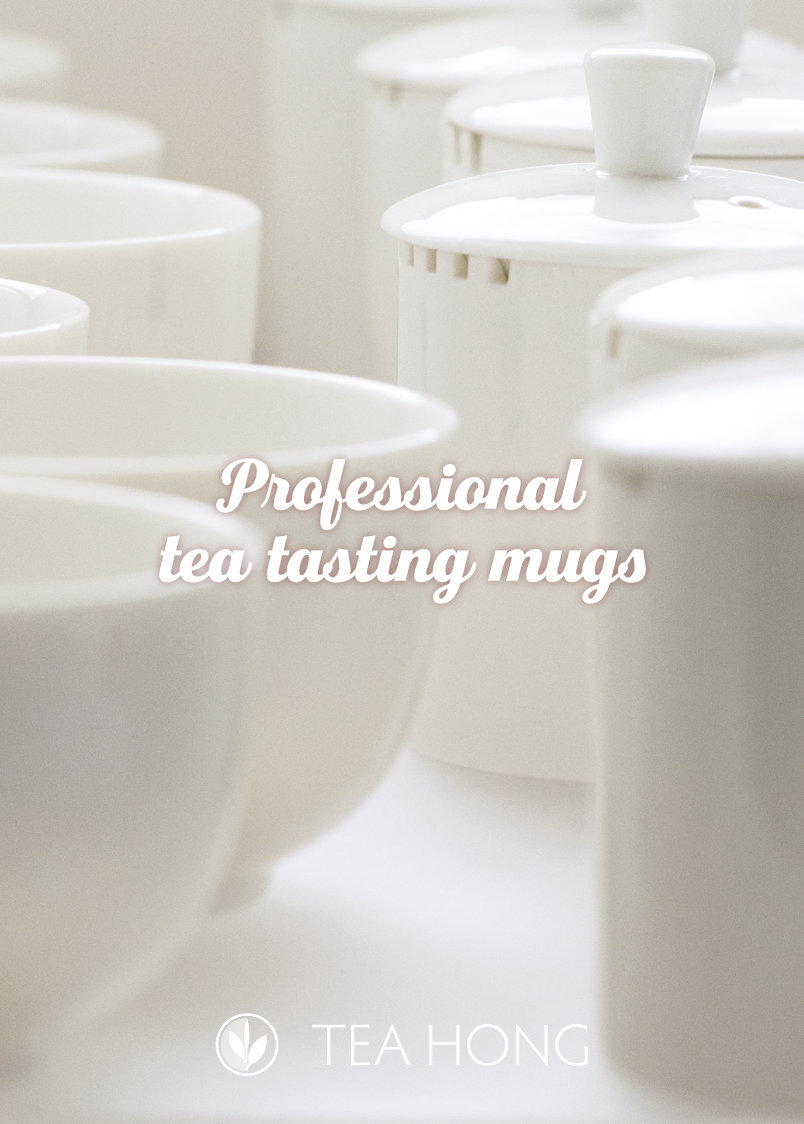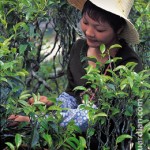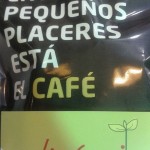Tagged: grading, puer, puer-number, quality
- This topic has 6 replies, 6 voices, and was last updated 11 years, 7 months ago by
pancakes.
-
AuthorPosts
-
-
2012.10.08 at 2:12 am #8524
pancakes
ParticipantPu’er is usually graded by number, with larger leaves having a larger number, and smaller leaves having a smaller number. The smallest is called the imperial / royal grade. However, I have read that this may not always necessarily produce the best pu’er tea, and that sometimes a grade 6 or grade 7 can give more “body” to the tea. I have a Menghai Dayi 7562 brick with grade 6 leaves, and it does have quite a full and rich taste. I don’t know much about these pu’er grades, so I’m interested in learning more, and about what others’ experiences are.
-
2012.10.08 at 1:10 pm #9842
CHAWANG
Participantnumber not about size, about tea pick quality. 7562 is 3 numbers: 75, 6, and 2. 75 for blend formula, 6 for tea pick quality, 2 for tea factory number. dayi number 2 is menghai tea factory. more body for blend formulas because branches and older leaves are in tea. different tastes together mature easier.
-
2012.10.08 at 5:18 pm #9844
Leo
ParticipantThat’s right. The grading basing on pluck quality, however, is purely a starting point, even if that grading standard is universally observed by all puer producers. The issue is complicated by the fact that most puer productions in the market now are blends. That is why there is this “formula” thing. My father used to buy a dark tea called “Luan Gu”, that is still available in some tea shops. The tea is basically tea twigs. Most puer tea discuses are blended with twigs and larger leaves which sharper tastes complement the lowered tastes of the leaves on the surface of the “cakes” that have been greatly reduced through exposure to the environment, considering the kind of storage most of theses products are subjected to. That is why there is usually a wider range of taste in such products. A better one is usually characterised by a rounder body even when the infusion is prepared slightly stronger.
-
2012.10.09 at 6:21 pm #9845
MEversbergII
ParticipantFound this on the Wikiped:
Factory numbers (fourth digit in recipe):Kunming Tea Factory
Lan Cang Tea Factory or Feng Qing Tea Factory
Pu’er Tea Factory (now Pu’er Tea group Co.Ltd )
Six Famous Tea Mountain Factory
unknown / not specified
Haiwan Tea Factory and Long Sheng Tea Factory
Does this mean there’s only 8 (9?) factories making Puerh in the entire country? Also, what’s with #7 being unknown? M.
-
2012.10.13 at 4:28 am #9769
Longjing 43
ParticipantThere are many, many more factories than this. Postings in Wikipedia from sources in China are often done by hired bloggers. Those that are in English are particularly so. They are basically part of their brain-washing motivation. Mainland Chinese have grown up with this, so it is natural for them to do in whatever they do. If you try to search someting in YouTube about any part of recent history in China, you will find many various postings there inserted by people who want to change the reality of things happened.
-
2012.10.13 at 5:33 am #9846
tea soul
ParticipantThe number 7 is not alone digit. It is part of two digits. For example, in 7562, 75 is one number. It means a “formula” number. People said it is the year when the formula was made. That means year 1975, but I don’t believe it. People just selectively use a reference for certain present time made formula.
-
2012.10.13 at 7:01 pm #9850
pancakes
ParticipantAh, very interesting… So the different grades are not necessarily leaf size, but rather pluck quality… It does seem, though, that the pluck quality and small leaf size are closely related, though. Maybe this is similar to the preference for young leaves in green teas like Longjing.
As for Wikipedia, the quality of the popular articles is often good, but the articles for rare topics are often neglected or carry unreliable information. It’s all relative to the amount of oversight the article has, which generally follows the subject’s popularity. Many Wikipedia articles on tea include modern myths perpetuated by the tea trade (e.g. “____ tea was a tribute tea for many centuries and only available to emperors…..”, etc.).
-
-
AuthorPosts
- You must be logged in to reply to this topic.










